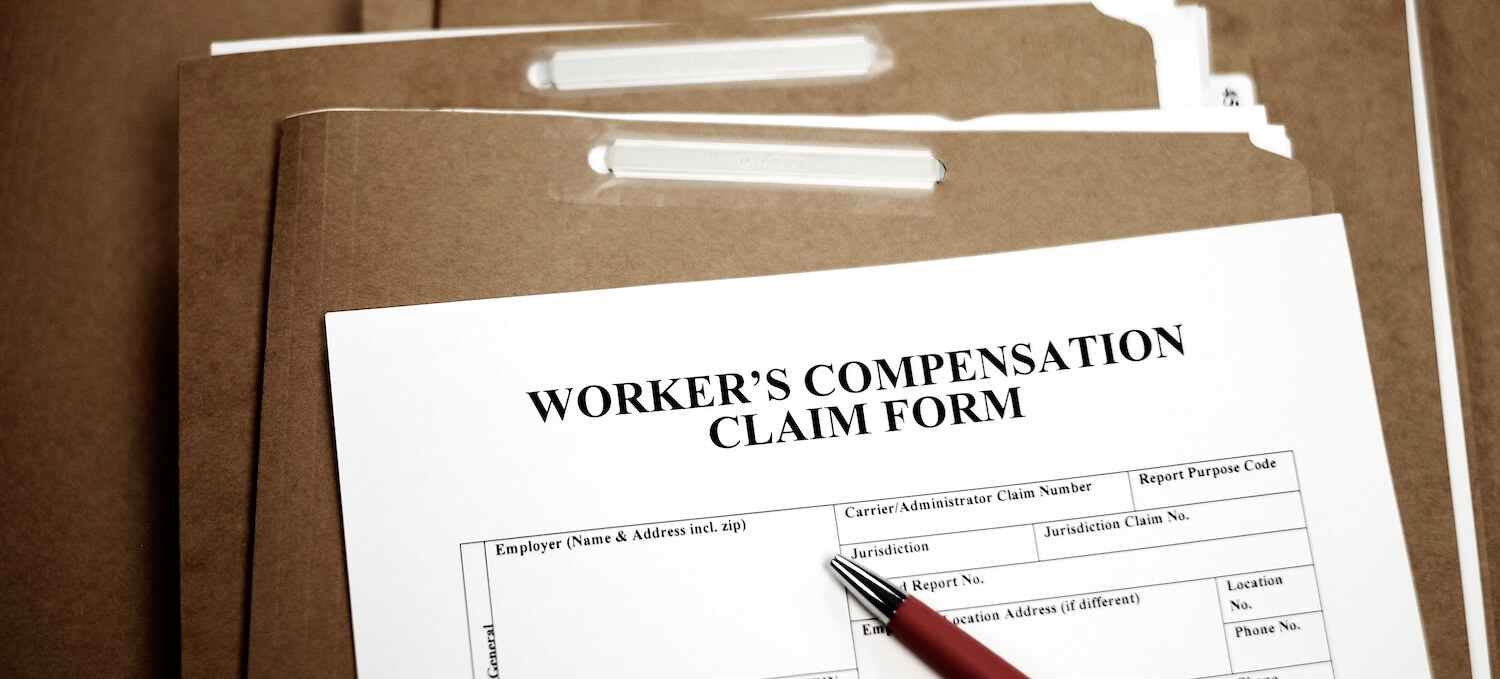What Does "Pain and Suffering" Mean in a Personal Injury Case?

Written by Matthew Weidinger

Pain and suffering in a personal injury case refers to the physical pain and emotional distress a person experiences as a result of an accident or injury. It covers more than just medical bills and lost wages, accounting for the intangible impacts on a person’s life.
It is the monetary compensation a victim seeks to address the non-economic damages, such as ongoing discomfort, mental anguish, and reduction in quality of life. This type of damage is separate from economic losses and requires proof of how the injury has affected daily living.
Understanding pain and suffering is crucial for anyone involved in a personal injury claim because it influences the total compensation awarded. The process of calculating these damages often involves detailed documentation and legal guidance to ensure fair recovery.
Understanding Pain and Suffering in Personal Injury Law
Pain and suffering refer to non-economic damages awarded to compensate for physical discomfort and emotional distress after an injury. These damages recognize the impact on a person’s quality of life, beyond medical bills and lost wages.
Legal and Layman’s Definitions
Legally, pain and suffering cover physical pain and emotional distress caused by an injury. Courts view it as compensation for the injury’s effect on daily life and mental health, including anxiety and depression.
In everyday terms, it means the real, lived experience of enduring pain and the emotional toll. This includes missed enjoyment of hobbies, sleep disturbances, and stress. It acknowledges that some harms cannot be easily measured by money but still deserve redress.
Types of Damages Included
Pain and suffering often include physical pain, like aches and chronic discomfort. It also covers emotional distress, such as fear, insomnia, and trauma from the accident.
Other damages may involve loss of companionship or impaired ability to perform household tasks. These damages are subjective and vary widely between cases, often requiring expert testimony to establish their extent.
How Pain and Suffering Are Calculated
Pain and suffering damages represent non-economic losses, such as physical discomfort and emotional distress. Calculating these damages requires specific methods and considers various individual factors to determine a fair settlement amount.
Common Calculation Methods
Two primary methods are used to calculate pain and suffering: the multiplier method and the per diem method.
The multiplier method involves multiplying the actual economic damages (like medical bills and lost wages) by a number typically between 1.5 and 5. The multiplier reflects the injury’s severity and impact on quality of life.
The per diem method assigns a daily dollar amount to the victim’s pain and suffering, multiplying this by the total number of days affected. This method works best for cases with clear injury duration.
Both methods aim to translate intangible harm into monetary value, influencing the overall settlement or award.
Factors Influencing Valuation
Several elements shape the valuation of pain and suffering damages. The injury’s severity, recovery time, and permanence affect the size of the compensation for the damages.
Emotional impacts, such as anxiety or depression due to the injury, also factor in. Documentation from medical professionals strengthens the claim’s credibility.
The claimant’s age and lifestyle changes may increase compensation because they show long-term effects. Jurisdictional limits and precedent cases can restrict or expand potential awards, impacting final settlement figures.

Proving and Maximizing Pain and Suffering Claims
Establishing pain and suffering requires clear evidence linking the injury to the emotional and physical distress experienced. Effective strategies involve careful documentation and legal expertise to maximize the claim’s value.
Role of Documentation and Evidence
Accurate and thorough documentation is crucial to prove pain and suffering. Medical records, including diagnosis, treatment plans, and doctors’ notes, show the extent and duration of physical pain.
Photos of injuries, witness statements, and personal journals also help demonstrate ongoing emotional distress or changes in lifestyle. Consistent and detailed records strengthen the claim by providing objective proof.
Medical expert opinions can quantify pain levels and explain the injury’s impact, supporting higher compensation. Courts often rely on this evidence to assess the severity of suffering beyond visible wounds.
Smith & Weidinger PLLC’s Approach
Smith & Weidinger PLLC prioritizes gathering comprehensive evidence early in the case to build a strong foundation. We work closely with healthcare providers to obtain detailed medical documentation tailored to pain and suffering claims.
Our firm also encourages clients to maintain daily pain journals and collect witness accounts to demonstrate the injury’s real-life impact. This approach adds depth to the case and supports higher settlements.
We use skilled negotiation tactics and expert testimony to present a well-supported argument for maximum compensation. Our method focuses on highlighting all dimensions of suffering, ensuring no aspect is overlooked.
Note: The information provided in this blog post has been compiled from publicly available and secondary sources. While we strive for accuracy, some details may become outdated or contain inadvertent errors. If you believe any information is incorrect or requires updating, please contact Smith & Weidinger so that we may review and make the appropriate corrections.
Disclaimer: This blog post is for informational purposes only and is not intended as a solicitation for business. The photo used is not from the scene of the incident described. Viewing this content does not create an attorney-client relationship with Smith & Weidinger. If you have been injured in an accident, please seek immediate medical attention and then consult with a qualified attorney to discuss your legal rights and options.










